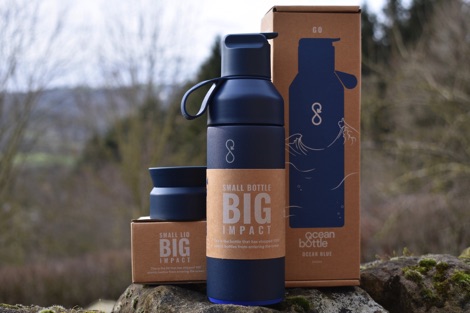
How to create an
eco-friendly kitchen
Recycling, reducing single-use plastics, saving energy and choosing organic food: these are just a few ways to create a more sustainable kitchen
From reducing kitchen plastics to saving energy to choosing green kitchen equipment, there are many ways to make your kitchen more eco-friendly. Here are just a few ideas.
Save energy, save money
When large kitchen appliances need replacing, choose fridges, freezers and dishwashers with a high energy-saving rating. A+ appliances will cost a little more to buy than those with a lower rating – but they cost less to run, so can save money in the long term.
There are also some smaller appliances that can help save energy in the kitchen. Microwaves use less energy than ovens, and so do bread makers. Slow cookers use about the same amount of energy as a traditional lightbulb – and are a great idea if you're out all day, as you come home to a hot, ready-to-eat meal.
An insulated kettle is more energy efficient, especially if you tend to make several hot drinks throughout the morning. The Tefal Smart 'n' Light kettle is a good choice – it has a double-wall construction that keeps heat in while maintaining a safe, cool-to-touch exterior. You can also set the temperature to the correct level for a variety of hot drinks – for most teas and coffees, the flavour is improved when made with water that's cooler than boiling. Tefal scores highly in ethical ratings, and the Smart 'n' Light kettle is one of the more affordable insulated kettles available.
If you adopt a 'cook once, eat twice' approach to meal preparation, you can reduce your energy use further. Cooking larger amounts of food in one go saves energy, as reheating food in a microwave or on the hob is quicker than cooking from scratch. Making enough for two meals can save time too, and often reduces food waste.
This doesn't mean you have to eat the same meal night after night. A bolognaise sauce made with mince, onions and tomatoes can be served with spaghetti on day one, then turned into lasagne, chilli (with beans, sweetcorn and chilli added) or a filling for jacket potatoes on day two. Or freeze extra portions to use another week.
Other energy-saving ideas for the kitchen include keeping your freezer full – as half-empty freezers cost more to run than full ones – and using a lid on pans when cooking food. Also be sure not to overfill the kettle – only boil the amount of water that you actually need.
Reduce kitchen plastics
Plastic is everywhere – including in our kitchens. But much of it can be avoided.
According to UNESCO, one million plastic bottles are purchased every minute. A simple switch from single-use plastics – like water bottles or straws – to reusable items could make a huge difference.
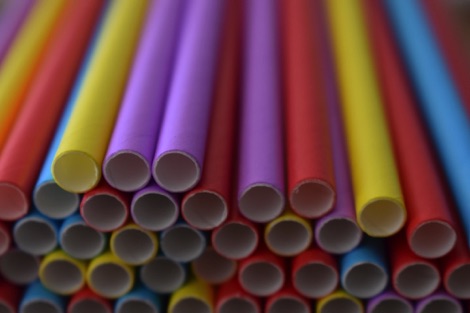
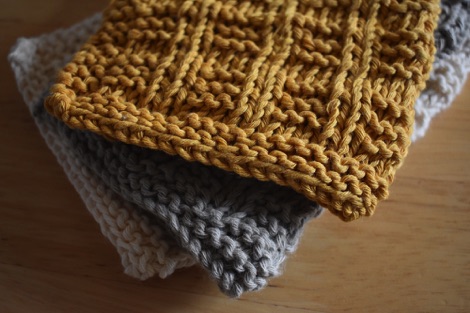
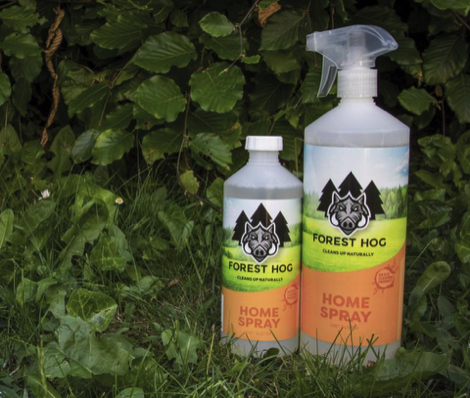
One earth-friendly alternative is Forest Hog. These natural cleaning products are affordable, smell fantastic, and come in reusable and recyclable packaging. They're made with orange oil – a natural anti-bacterial agent that is highly effective at removing grease. Try the Forest Hog Home Spray, which can be used to clean the whole kitchen.
Forest Hog products are also available in large five-litre refill bottles – buying bigger packs is another way to reduce your plastic use.
Zero waste shops often offer a refill service of eco-friendly household cleaners – so it's worth checking your local store to see what they have in stock.
Buy local and seasonal produce
By choosing locally produced, seasonal food whenever you can, you'll be reducing your carbon footprint.
Food that's been imported from abroad uses more packaging, refrigeration and transportation than local, seasonal food. But buying from local markets, monthly farmers' markets or direct from farm shops or producers often means you can avoid single-use packaging altogether.
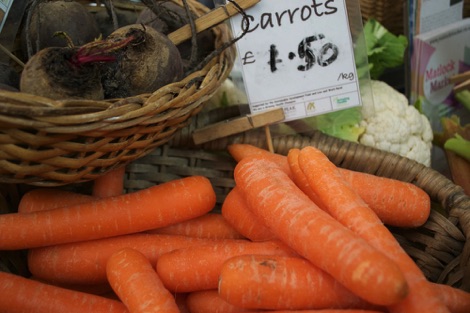
Shopping in this way also supports the local economy – and you may well find that the food you buy is fresher and tastier too!
Choosing organic food whenever possible also helps the environment.
Try meat-free Monday
Vegetarian and vegan meals are tasty, nutritious, and economical.
The Food and Agriculture Organization of the United Nations (FAO) estimates that livestock production is responsible for 14.5 percent of global greenhouse emissions – and produces high amounts of methane, one of the most damaging greenhouse gases.
So avoiding meat on just one day each week can have a positive impact on the environment. Reducing the amount of meat you eat – especially red meat – can improve your health too.
Avoiding meat one day a week needn't be a sacrifice – vegetarian food is often delicious! Many meat-based dishes – such as lasagne, moussaka, pad Thai or korma – can be adapted to be vegetarian. Or try roasted vegetables with couscous, mushroom and pine nut risotto, or a hearty homity pie.

See the Meat Free Monday website for more recipe ideas and inspiration.
Waste not
An estimated 10 million tonnes of food waste is thrown out across the UK every year – with individual households binning around £350 worth of food annually.
This is bad news for the environment – especially as when food goes to landfill it creates methane, a potent greenhouse gas.
It's easy to reduce this waste by planning meals carefully, only buying what you need, and getting creative with leftovers.
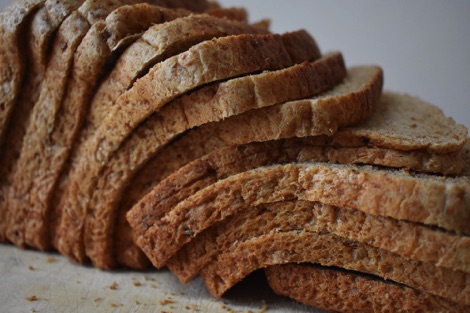
Bread is one of the most frequently thrown away food items – but such food waste can be easily avoided. Any bread that is about to go stale can be turned into breadcrumbs in a food processor and then frozen for future use. Breadcrumbs can be used to make stuffings, nut roasts, burgers and fishcakes, or mixed with cheese to make a topping for savoury dishes.
Fresh fruit and vegetables also make up a large percentage of discarded food. Check the state of your fruit and veg regularly, to see which items are going past their best and need to be eaten first. Making soup or smoothies is a good way to use up vegetables and fruit.
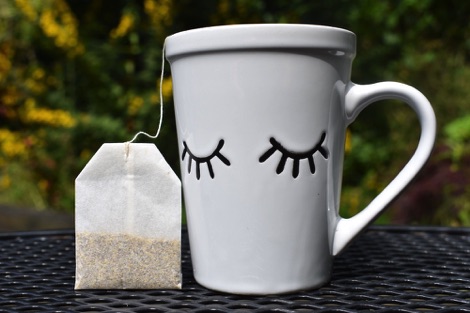
Most foods that do need to be discarded can be composted – either in a home compost bin, or through your council's waste collection service. You can compost fruit and vegetable peelings, eggshells, coffee grounds, and – if they're plastic free – teabags.
Little Green Space is a non-profit project sharing solutions to the nature and climate crises, and offering inspiration for a greener lifestyle. If you like our content, please help keep us going with a small donation!
Ads/Affiliate links
You can even buy eco-friendly pots and pans. The Prestige Eco range* is recyclable and features a multi-layered, plant-based, non-stick surface. Or try Prestige's new Earth Pan* range, made with 100% recycled materials.
Greener cleaners
Eco-friendly versions of washing-up liquid, dishwasher tablets and multi-surface sprays are widely available.
Many regular household cleaners contain chemicals that can harm the environment. Cleaning products get washed down the drain, and can end up in rivers and streams.
Phosphates cause particular problems by upsetting the balance of nutrients in freshwater habitats. And using chemical-based cleaners with additives – such as bleach and artificial perfumes – can cause health issues for humans too.
You can swap your plastic washing-up brush for a bamboo one. Disposable wipes and cleaning cloths (which can take years to break down) can be replaced with cotton dishcloths for wiping surfaces and general cleaning. Cotton cloths are also useful for drying fruit and vegetables, instead of using up paper kitchen roll.
Sponge scourers are made from plastic, and they have a very short lifespan. As they degrade, they release microplastics into the waste water system – and potentially into waterways and the sea. They can't be recycled, so end up in landfill – where they'll probably remain for hundreds of years.
An excellent eco-friendly alternative is to opt for a biodegradable washing-up sponge. Seep kitchen sponges* are made from 100% renewable sources, do not release microplastics into the environment, and can be composted after use. They last much longer than their plastic counterparts – so may also save you money too.
And replace plastic straws with reusable metal or bamboo versions – try this selection of reusable straws*.
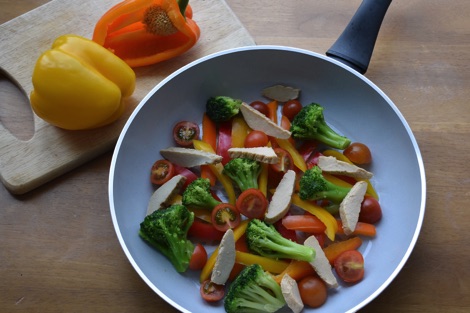
Little Green Space: article updated April 2024
If you want to achieve a kitchen with no plastics at all, there are many eco-friendly, plastic-free versions of kitchen equipment and accessories. When it's time to replace equipment, look out for glass, wood, stainless steel, ceramic or bamboo alternatives.
These beautiful, top-quality salt and pepper mills from Peugeot Saveurs* are upcycled from offcuts of wood that would otherwise have been discarded. They're designed to last, and available in a range of sizes, from 10cm to 40cm – pictured above are the 18cm Nature Black Pepper Mill and 18cm Nature Salt Mill.
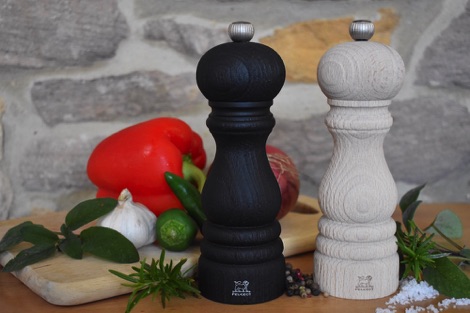
Plastic clingfilm often ends up in landfill. Switching to reusable wrap is one way to avoid this. Sandwiches or salads for a packed lunch can be transported in a reusable sandwich box, while Tupperware boxes, glass jars or tins can be used to store leftovers. You can also buy reusable silicon freezer bags.
When shopping, try to avoid food that has been wrapped in plastic or comes in plastic trays. Most supermarkets now offer loose fruits and vegetables, which you can put into your own reusable produce bags.
Using filtered tap water is the best way to get great-tasting water without using single-use bottles. Brita has a range of affordable water filter jugs – try the attractive Style jug, which comes in two different sizes.
There are also several portable filter bottles that you can take with you when you're out and about. These are a good investment as you can fill up from any tap – avoiding the need to buy water. Brita offers two designs of fill&go bottle, or try the Doulton TASTE bottle.
Ocean Bottle* is a re-usable water bottle made from recycled stainless steel, and designed to last a lifetime. Every bottle purchased pays for 1000 ocean-bound bottles to be collected before they reach the ocean. So not only are you preventing your own single-use plastic from polluting the seas, but you're helping to prevent other waste causing harm to marine environments too. The collection schemes benefits coastal communities too, as local people can earn money to access healthcare and education. A staggering 12 million kilos of ocean-bound plastic has already been collected and kept out of the sea.
